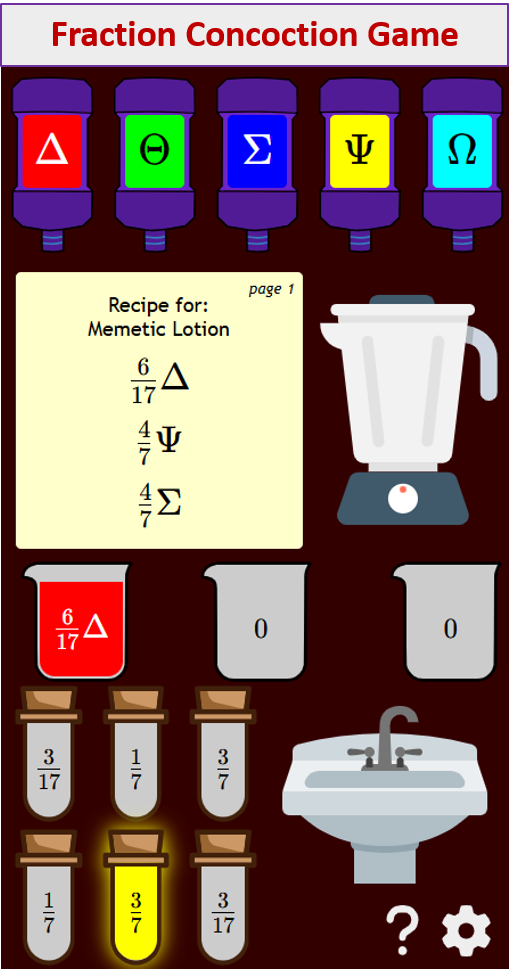Giant Covalent Molecules
Related Topics:
More Lessons for IGCSE Chemistry
Math Worksheets
Share this page to Google Classroom
A series of free IGCSE Chemistry Activities and Experiments (Cambridge IGCSE Chemistry).
Giant Covalent Molecules: Diamond and silicon dioxide
- Small covalent molecules have low melting and boiling points. This is because they have very weak intermolecular forces.
- Giant covalent molecules have millions of strong covalent bonds.
- Giant covalent molecules are always solids at room temperature. They always have high melting and boiling points.
- Diamond is formed from the element carbon. Each carbon atom forms four strong covalent bonds. They cannot conduct electricity because there are no free electrons to carry electrical charge.
- Silicon dioxide is another example of a giant covalent molecules. It consists of silicon and oxygen atoms.
Graphite
- Graphite has a high melting and boiling point.
- Graphite is soft and slippery.
- Graphite is an excellent conductor of both electricity and of heat.
- Graphite is formed from the element carbon. Each carbon atom forms three covalent bonds.
- The carbon atoms form hexagonal rings. The hexagonal rings are in layers. There are no covalent bonds between the layers so they can slide.
- Delocalised electrons can move. This means they can conduct thermal energy (heat) and electricity.
Try out our new and fun Fraction Concoction Game.
Add and subtract fractions to make exciting fraction concoctions following a recipe. There are four levels of difficulty: Easy, medium, hard and insane. Practice the basics of fraction addition and subtraction or challenge yourself with the insane level.

We welcome your feedback, comments and questions about this site or page. Please submit your feedback or enquiries via our Feedback page.